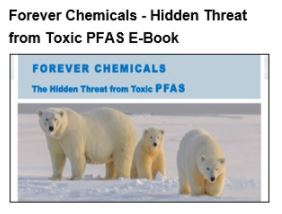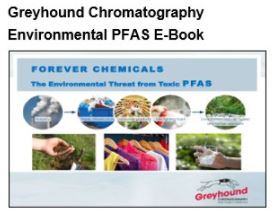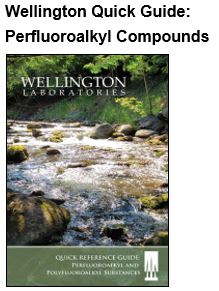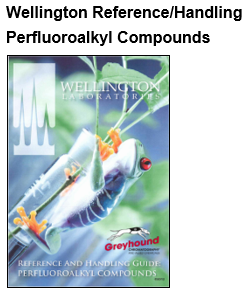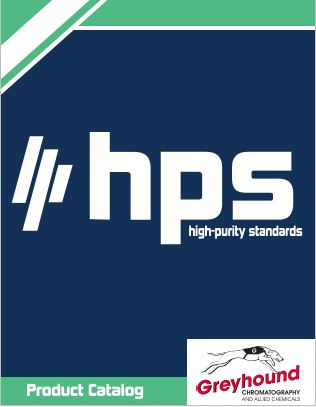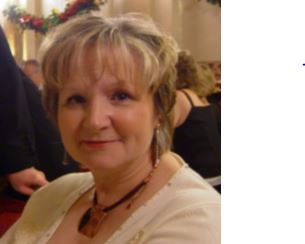Clothianidin Insecticide
![]()
Clothianidin Solution 100ug/ml in Acetonitrile; PS-2261AJS
Clothianidin; (E)-1-(2-Chloro-1;3-thiazol-5-ylmethyl)-3-methyl-2-nitroguanidin; PS-2261
Clothianidin is an insecticide developed by Takeda Chemical Industries and Bayer AG. Similar to thiamethoxam and imidacloprid, it is a neonicotinoid. Neonicotinoids are a class of insecticides that are chemically similar to nicotine, which has been used as a pesticide since the late 1700s. Clothianidin and other neonicotinoids act on the central nervous system of insects as an agonist of acetylcholine, the neurotransmitter that stimulates nAChR, targeting the same receptor site (AChR) and activating post-synaptic acetylcholine receptors but not inhibiting AChE. It has been thought that the advantage of clothianidin and other neonicotinoids over nicotine is that they are less likely to break down in the environment. Recent (2012) studies show that pesticide dust released at planting time may persist in nearby fields for several years and be taken up into non-target plants, which are then foraged by bees and other insects.
Clothianidin is an alternative to organophosphate, carbamate, and pyrethroid pesticides. It poses lower risks to mammals, including humans, when compared to organophosphates and carbamates. It has helped prevent insect pests build up resistance to organophosphate and pyrethroid pesticides.[1][2][3]
According to the Environmental Protection Agency (EPA), clothianidin's major risk concern is to nontarget insects (honey bees). Although EPAs Environmental Fate and Effects Division does not conduct risk assessments on non-target insects, information from standard tests and field studies, as well as incident reports involving other neonicotinoid insecticides (e.g., imidacloprid) suggest the potential for long term toxic risk to honey bees and other beneficial insects.[4] In January 2013, the European Food Safety Authority stated that neonicotinoids including clothianidin pose an unacceptably high risk to bees, and that the industry-sponsored science upon which regulatory agencies' claims of safety have relied is flawed and possibly deliberately deceptive, concluding, "A high acute risk to honey bees was identified from exposure via dust drift for the seed treatment uses in maize, oilseed rape and cereals. A high acute risk was also identified from exposure via residues in nectar and/or pollen.
CONTACT US
Tel: +44 (0) 151 649 4000
Email: marketing@greyhoundchrom.com
FOLLOW US
YOU MAY ALSO BE INTERESTED IN OUR NEWSLETTER
About the Author
Susan Massie, Sales & Marketing Director, Greyhound Chromatography and Allied Chemicals Email: sue@greyhoundchrom.com
Susan Massie is the Sales & Marketing Director for Greyhound Chromatography and Allied Chemicals, affectionately known as 'Greyhound' in our scientific community. Greyhound was founded by Susan's husband Paul Massie more than 40 years ago, Susan hasn't been in the business for all of that time but has been involved with Greyhound for over 17 years. Greyhound continues to grow, expanding into new markets and taking on the challenges of our ever changing environment. It's heartwarming to witness the world waking up to the fact that we are damaging our planet on a daily basis. Every action we take has a direct effect on our planet and the world we leave behind for future generations. Susan is passionate about climate change and is happy to work in an industry that can have a direct effect on reducing the impact of our actions on the environment. All of the team at Greyhound take our responsibilities very seriously, the products that we supply are used by the world's leading scientists and chemists as they endeavour to monitor and repair the environment. All is not lost, if we all take responsibility for our actions, from reducing our waste and reusing or recycling our material collateral we can make a difference. The internet is full of useful advice and guidance, Susan is proud to contribute to that wealth of knowledge whenever she can.
Greyhound prides itself on personal service which provides prompt, efficient, cost-effective, safe delivery of all products. Greyhound provides technical advice and distribution of Certified Reference Standards and Materials, Laboratory Consumables, Solvents and Reagents across all scientific disciplines. Greyhound Chromatography offers over 1 Million products from its UK warehouse. The team at Greyhound are proud to support the work of the world's leading scientists and chemists as they challenge the abuse of our planet and try to make a difference to the world we leave behind for our ancestors.
You can view Susan's Linked In Profile here https://www.linkedin.com/in/susan-massie-79ab4121/


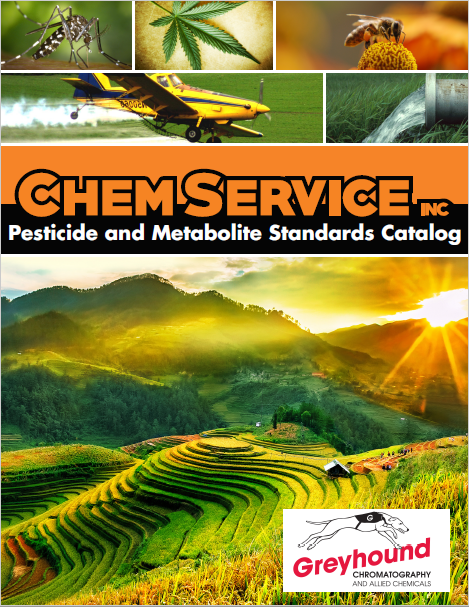
.jpg)








